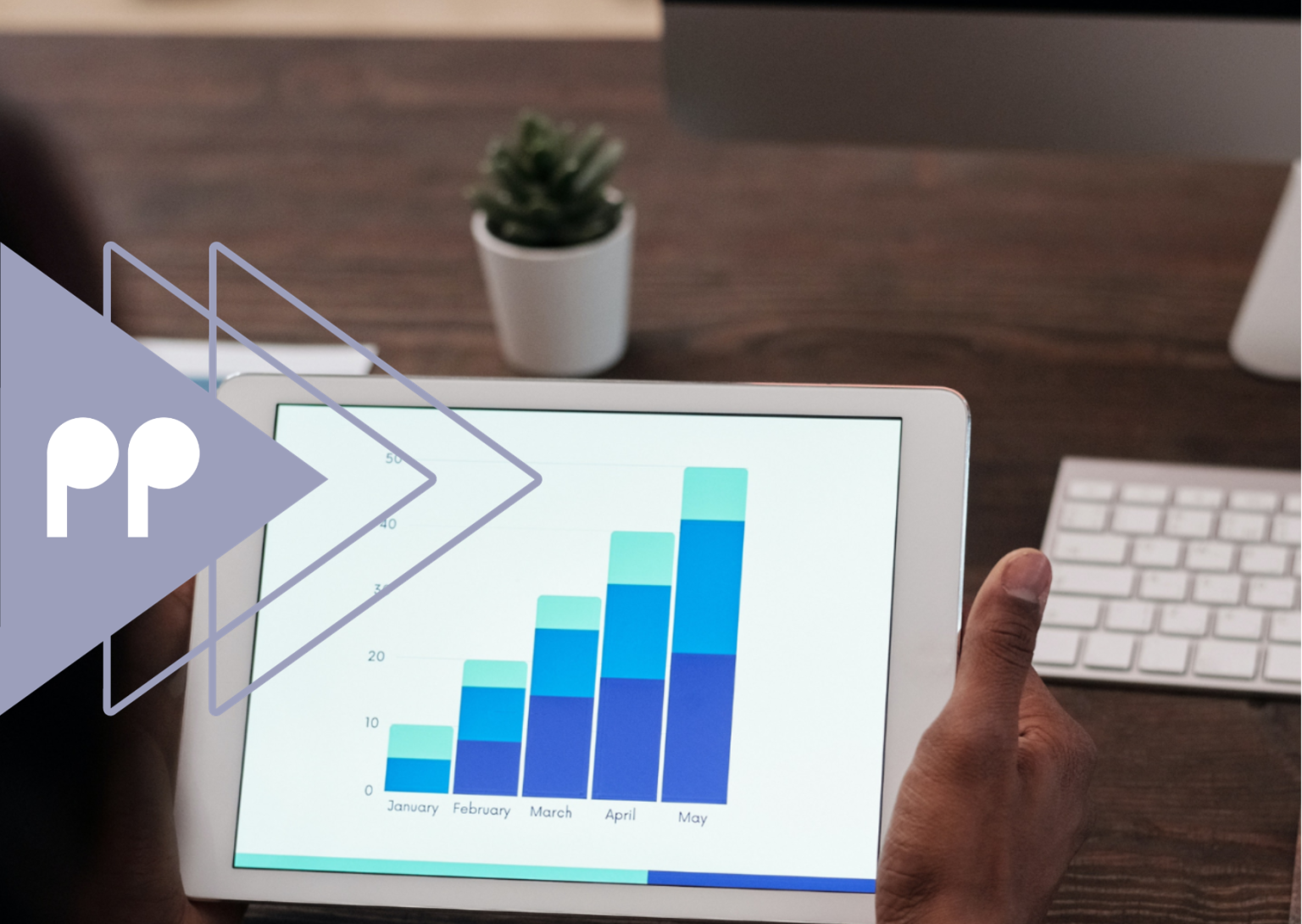During my childhood growing up in Armenia, political parties would send their municipal representatives to our doorsteps before elections. These representatives would ask about my parents’ voting intentions and jot down notes in their journals. This traditional method of gathering data was still prevalent around 20 years ago, and perhaps it is practiced in some countries today.
However, in this digital age, public opinion research and data have increasingly become the lifeblood of political parties and campaigning in Europe, transforming the political landscape. Across the continent, political parties and organisations consistently rely on data-driven strategies to understand voter behaviour, tailor messages and ads, and maximise their electoral success across the continent. The advancements in data analytics tools have provided parties with unprecedented insights into the preferences, concerns, and demographics of their target audiences. Social media and private companies are playing a big part in this ecosystem, albeit sometimes a negative one.
In an era when data-driven campaigning is everywhere, what role does data truly play in the life of a political party, and can we base our whole strategy on it?

